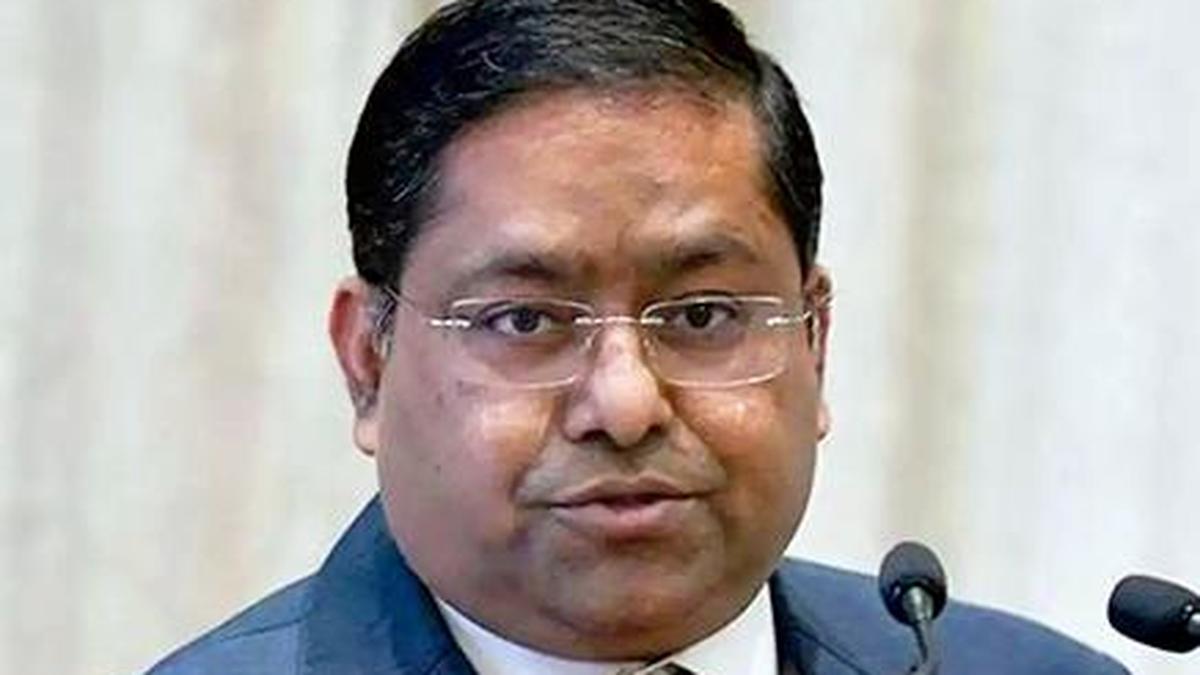Amid push for Indian AI, myriad challenges pose concerns

While the India AI Mission has laid out a ₹10,372-crore plan to ramp up AI development, industry stakeholders said that there is need for greater urgency in order to take on the global pace of AI development, as well as to cater to India's sovereign AI needs.
New Delhi: On Wednesday, the Ministry of Electronics and Information Technology (Meity) hosted its Global India AI Summit—conducting an executive council meeting to forward the agenda on global collaboration of artificial intelligence (AI), as well as a ministerial council meeting on the same. While the Union government and private industry officials reiterated India’s approach to building sovereign AI capacity, industry stakeholders underlined a need for urgency in ramping up efforts and use cases. Speaking at a roundtable session at the Summit, Gaurav Aggarwal, vice-president of AI at telecom and technology group Reliance Jio, said, “While the Centre’s decision to assign ₹ 4,000 crore to building AI compute capacity of 10,000 GPUs through a state-run platform is positive, it’s important to ramp up urgency in building this capacity. There is available GPU capacity with vendors and data centres alike—it’s important to move fast to procure and deploy the capacity if we are to build AI use cases that enable industries imminently.” Building capacity The availability of GPU capacity is key to opening up the ability for companies to build and develop AI applications for users. At present, accessing processors to train AI models, alongside collating databases of Indic languages, is the biggest challenge. One such challenge was underlined by Pratyush Kumar, cofounder of Lightspeed, Peak XV-backed startup Sarvam AI. Talking to Mint , Kumar said, “If we want an indigenous AI model to be used in offering support and assistance in neonatal care, our available models are not good enough at the moment. Ramping up cross-referencing of domestic datasets and extensively training the models will be key to achieving that, and this will be the biggest benefit of AI to users.” Read | How Yotta plans to lure global clients for its AI cloud service While Sarvam already accesses publicly available Indic language datasets built and maintained as open-source resources by Meity’s Bhashini initiative, training models on a more diverse set of datasets will be key. The urgency to build AI capabilities stem from current geopolitical concerns, too. Tanuj Bhowani, head of Nandan Nilekani-backed AI development platform People+AI, underlined limited development of India’s indigenous capacities in both computing and software as a hurdle towards building services for people. “Export control regulations from a certain nation can leave India without leverage to access compute. There is also the need to ramp up our capacity in software development—right now, even in all of the software that we use, none of the kernels, platforms and app marketplaces that we use are Indian. The eventual idea is to use AI to build services for people—be it in education or healthcare. What we need right now is to address these challenges, where AI can play a significant role,” he added. Crucial juncture To address these challenges, India stands at a crucial juncture of ramping up development capacity and urgency—one that industry stakeholders said will require concerted effort from both public and private sectors. Earlier in the day, at the opening address, Union IT minister Ashwini Vaishnaw reiterated India’s push to play a key role in global AI development, and also stated that a state-run platform that will offer GPU capacities, AI frameworks and incubation support is in the works—and is likely to be promoted soon. Srinivas Narayanan, vice-president of ChatGPT maker OpenAI, reiterated Big Tech’s interest in the India market. “AI has added speed and dynamism to the already-dynamic entrepreneurial ecosystem in India. Entrepreneurs understand market gaps, and build innovative products to fill them. By reducing the cost of intelligence...AI can make engineers far more productive, open up opportunities for higher-level problem solving and open up computing for the masses,” he said. Narayanan, who helps AI development at one of the world’s most-watched startups, said that OpenAI “is committed to supporting the IndiaAI Mission’s Application Development Initiative,” and would also continue its conversations with Meity to “gauge where we may be able to add the most value.” Mohit Sewak, head of AI research and developer relations at in-demand chipmaker Nvidia, told Mint at the sidelines of the Summit that to support use-case development, the world’s most valuable company has “opened up developer relations in India” this year—and is in process of ramping up this support. Sewak also underlined that while the cost of training Indian languages remains higher than the cost of training English models due to the nature and availability of respective datasets, making compute capacity available in line with the Centre’s India AI Mission will be key. And | Is Nvidia’s near-monopoly status dangerous for the AI industry? The rollout of the Mission is yet to be formally announced. On 7 March, the Cabinet approved a ₹ 10,372-crore India AI mission that seeks to build domestic AI applications, an incubation fund, a distribution marketplace, and a central compute capacity that can help researchers and academia alike access technologies that will ramp up AI services for individuals.



)


0 Comments